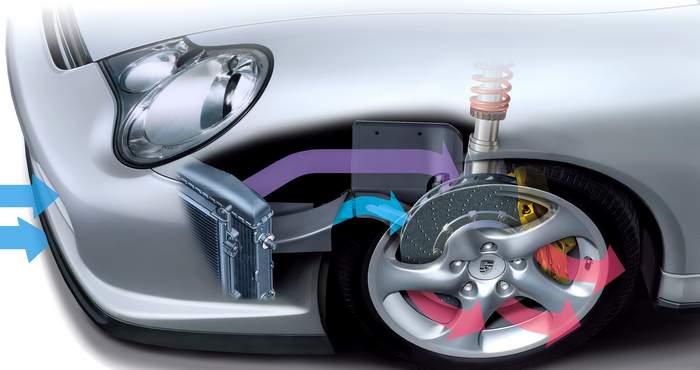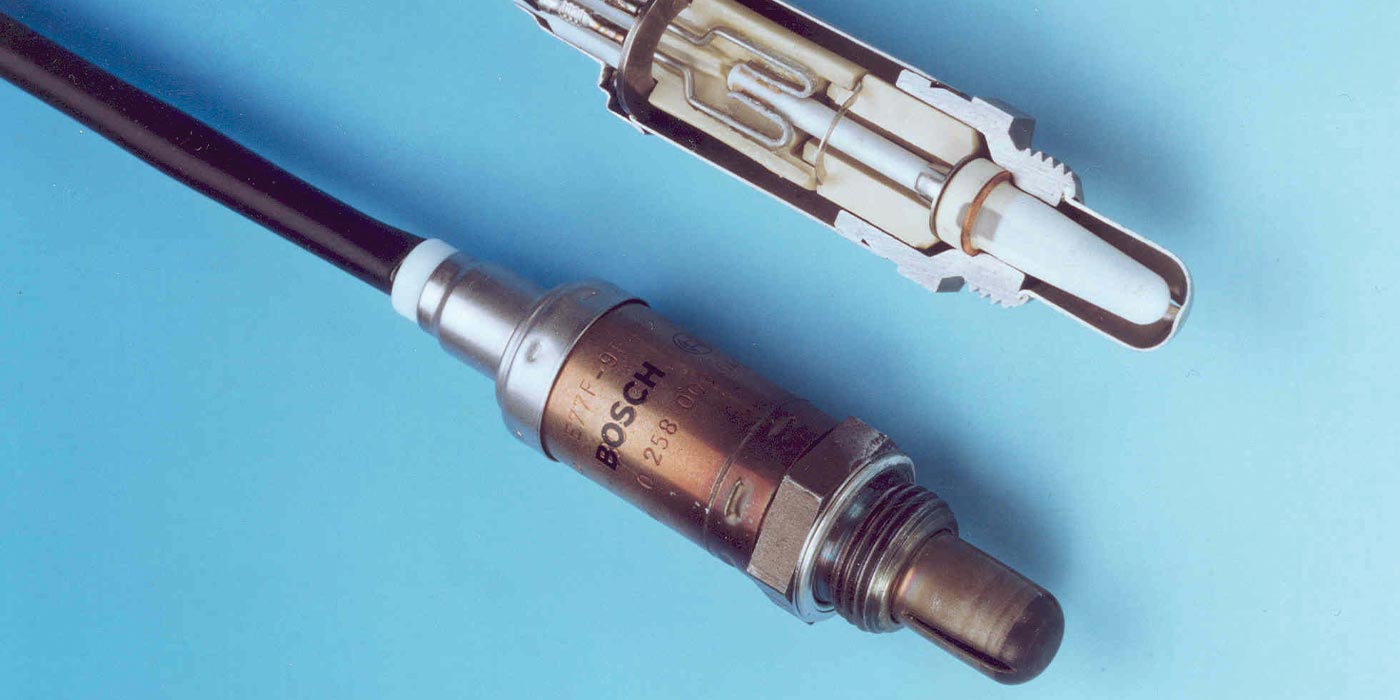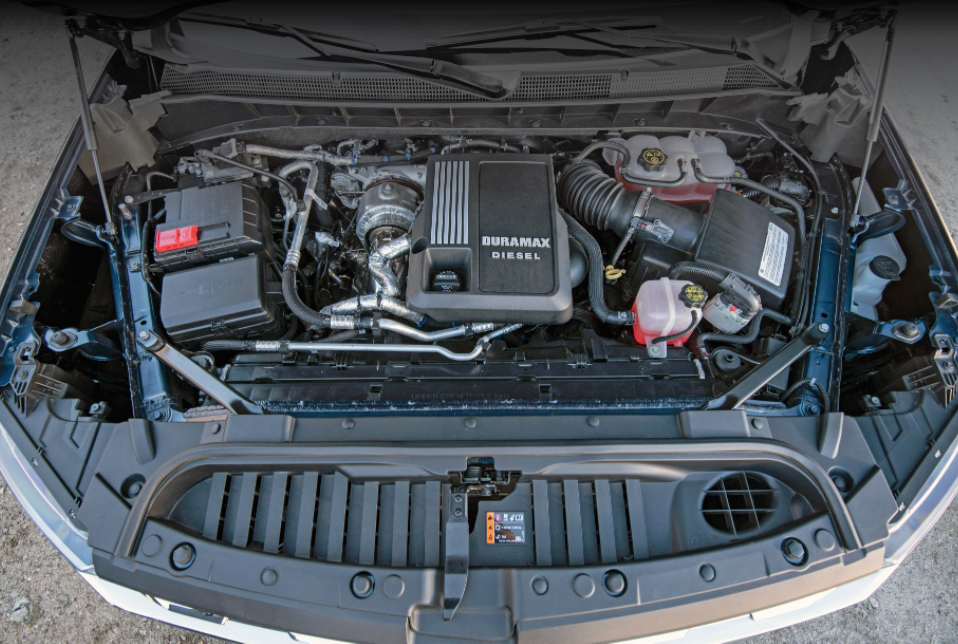 CORSA Performance announces its high-performance exhaust systems are available for Dodge Challenger SRT-8 and 5.7L R/T.
CORSA Performance announces its high-performance exhaust systems are available for Dodge Challenger SRT-8 and 5.7L R/T.
The premium cat-back exhaust systems feature a straight-through, 2.5-inch non-restrictive design that maximizes airflow to improve performance and fuel economy. Available for both manual and automatic transmissions, the Challenger exhaust systems have a dual rear exit design with rectangular GTX 2 Polished Tips.
CORSA exhaust systems feature the company’s exclusive Reflective Sound Cancellation (RSC) technology, which allows the manufacturer to acoustically tune the Challenger to produce a true performance sound without unwanted interior drone. The exhaust systems are available in two sound levels to suit the needs of today’s enthusiasts: the Sport sound level delivers a robust, aggressive tone, while the Xtreme level has a more race-inspired exhaust note.
CORSA’s Dodge Challenger SRT-8 and 5.7L exhaust systems include:
• SRT-8 Manual Sport (part #14423)
• SRT-8 Manual Xtreme (14424)
• SRT-8 Automatic Sport (14426)
• SRT-8 Automatic Xtreme (14427)
• 5.7L Sport (14527)
• 5.7L Xtreme (14529)
The exhaust systems are crafted in the United States from premium stainless steel, and all tips are double wall, highly polished stainless steel laser etched with the CORSA logo.
Complete installation hardware and instructions are included with the systems, which can be purchased direct from CORSA Performance, your local dealer and through select retailers/distributors nationwide. A limited lifetime warranty protects the exhaust system for as long as you own your vehicle.














